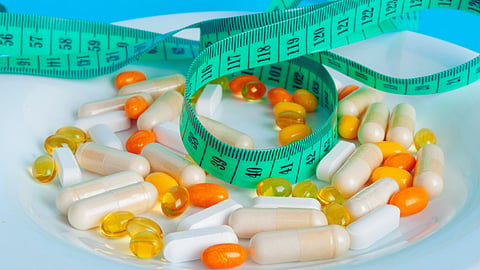Preserving muscle, losing fat is new target for weight-loss drugmakers
New weight-loss shots are highly effective, but preserving muscle during fat loss is now a key focus. Regeneron and Eli Lilly are developing treatments to address this, with promising early results. As the weight-loss drug market could reach $100 billion by 2030, companies are exploring combinations to maintain muscle. Exercise also remains crucial for retaining muscle while losing weight, enhancing overall health outcomes.
Sign up for your early morning brew of the BizNews Insider to keep you up to speed with the content that matters. The newsletter will land in your inbox at 5:30am weekdays. Register here.
By Naomi Kresge and Madison Muller
The new blockbuster weight-loss shots can help patients trim more pounds than any medicines have before. Now drugmakers are rushing to solve another problem — making sure people keep their muscle even as they shed fat.
___STEADY_PAYWALL___

